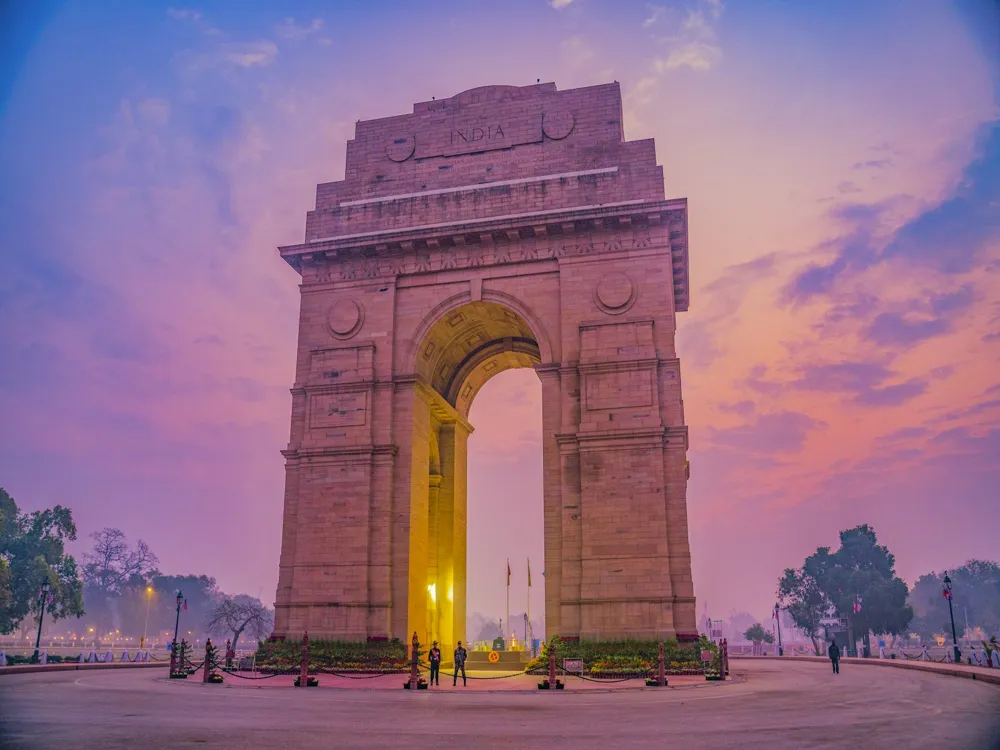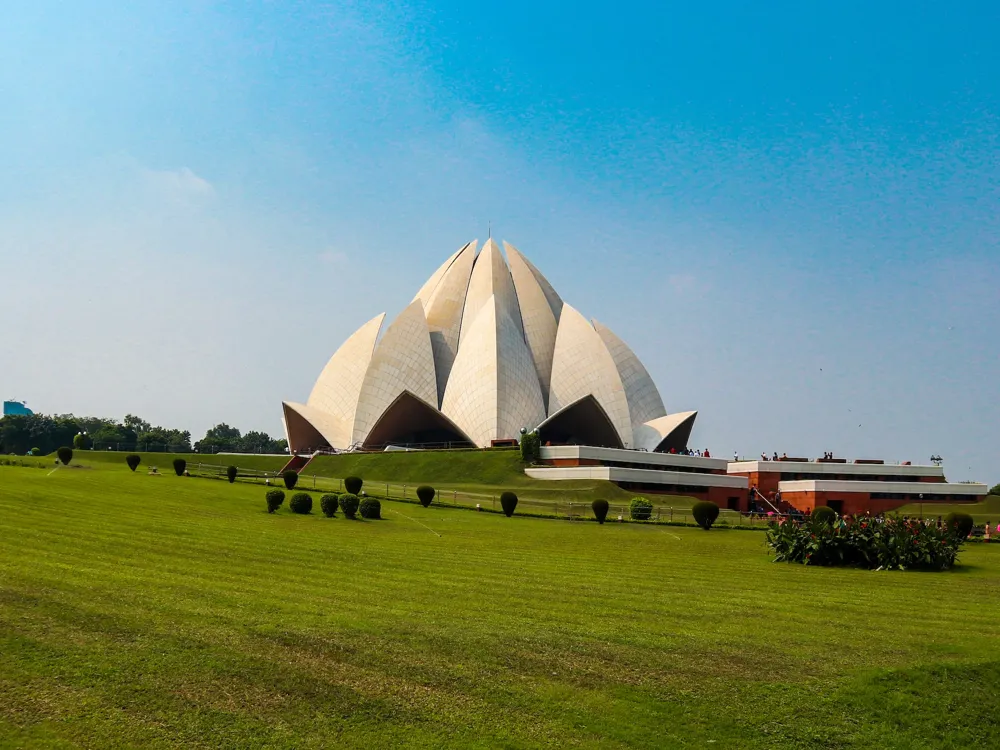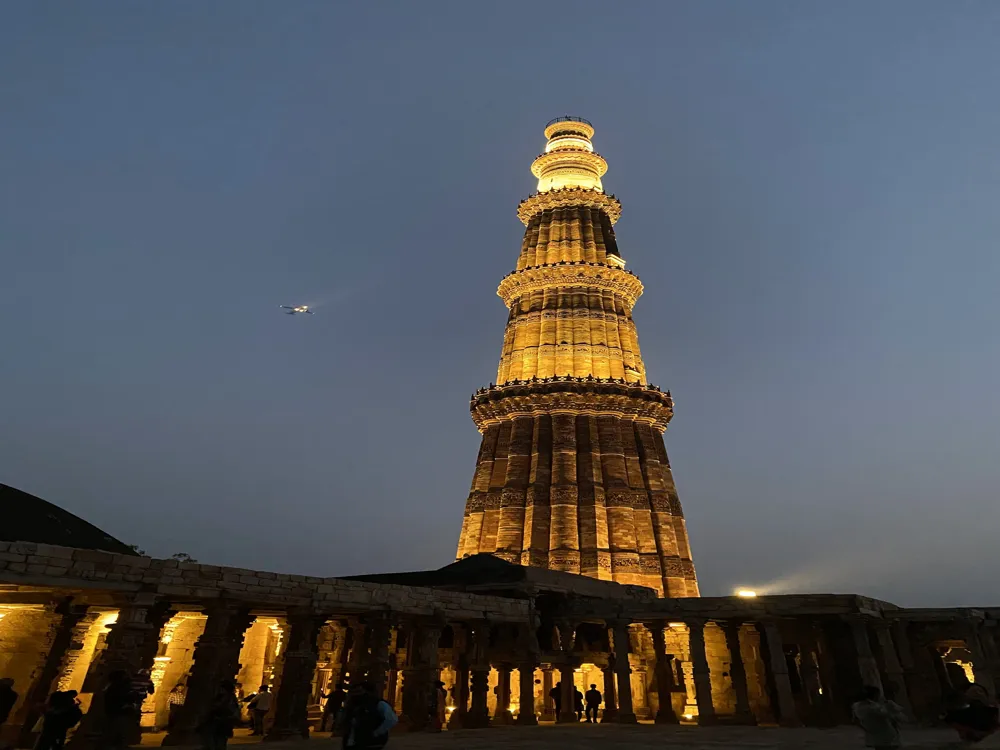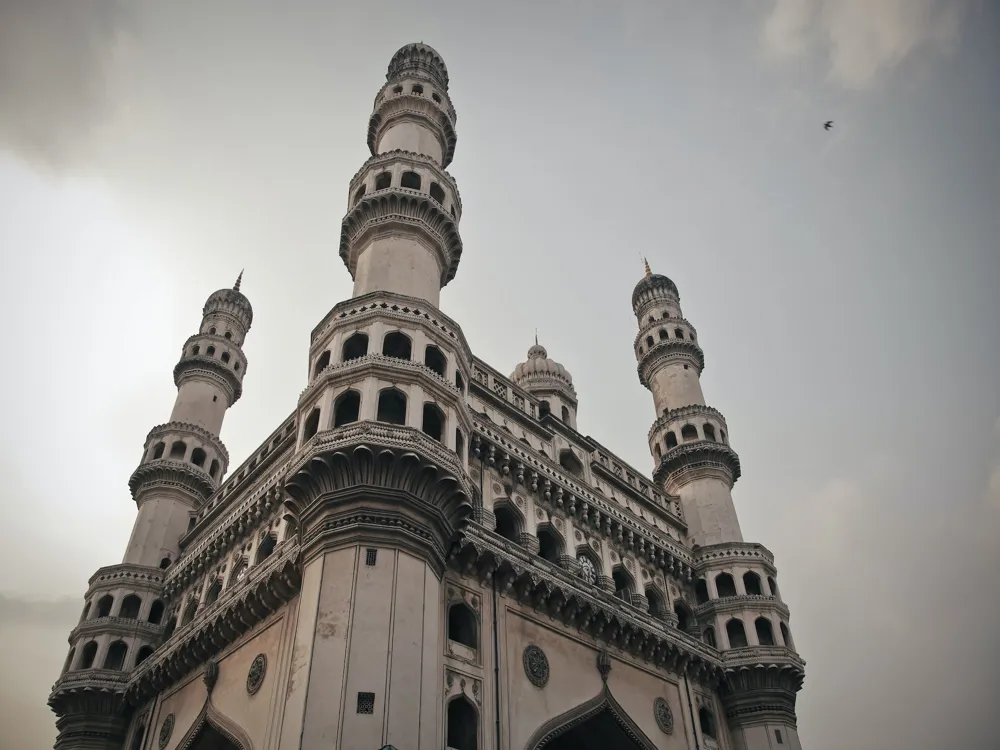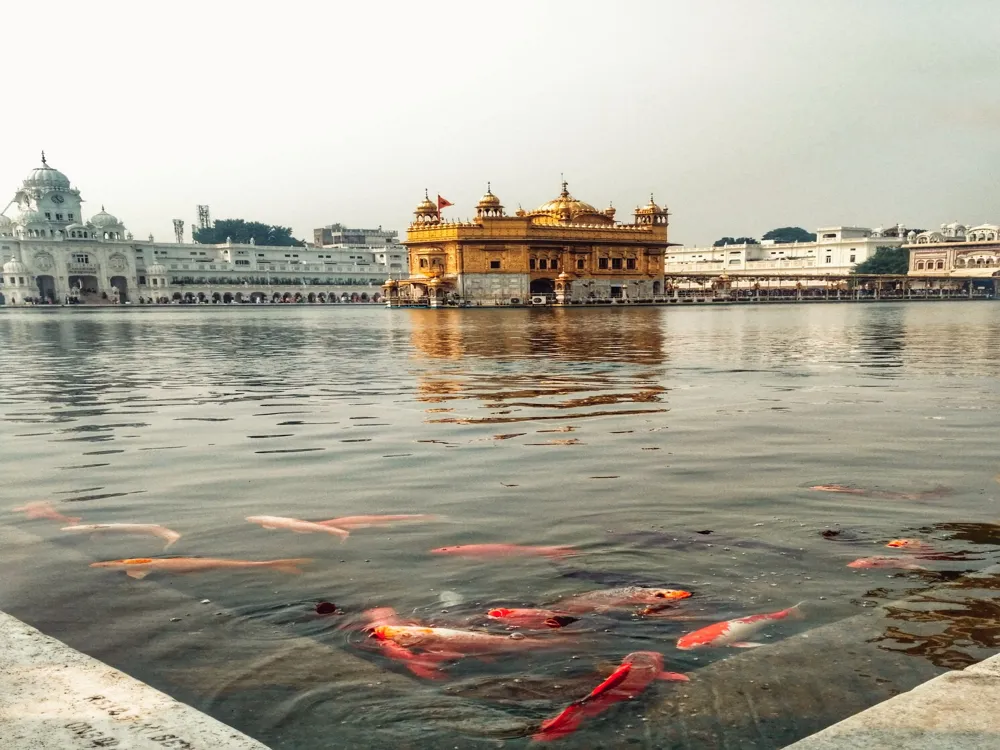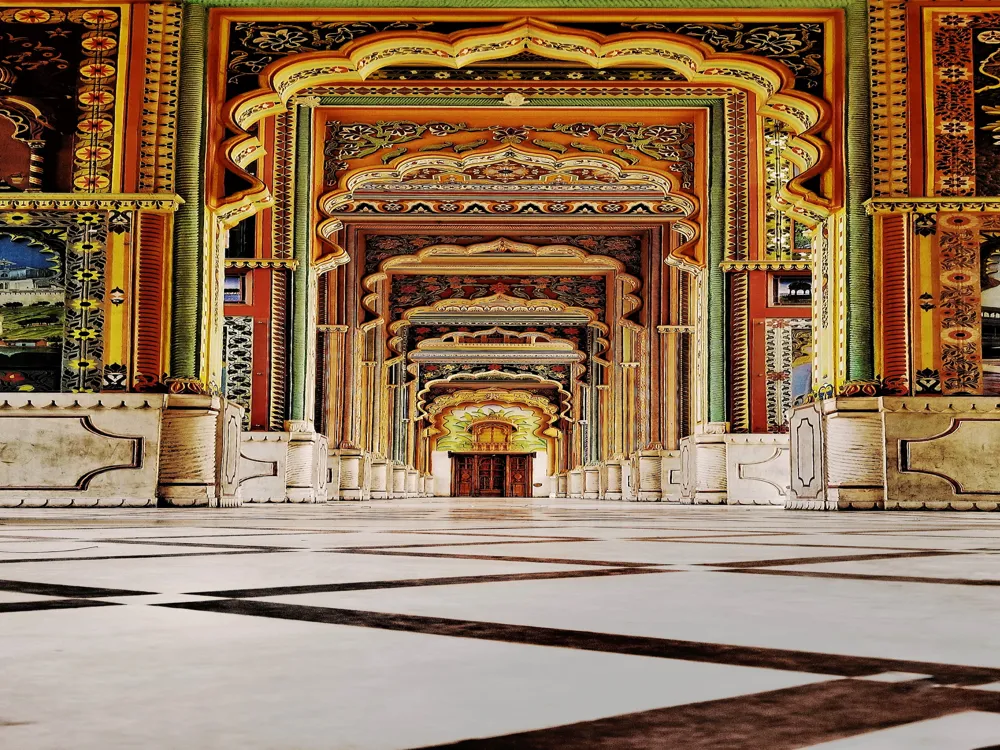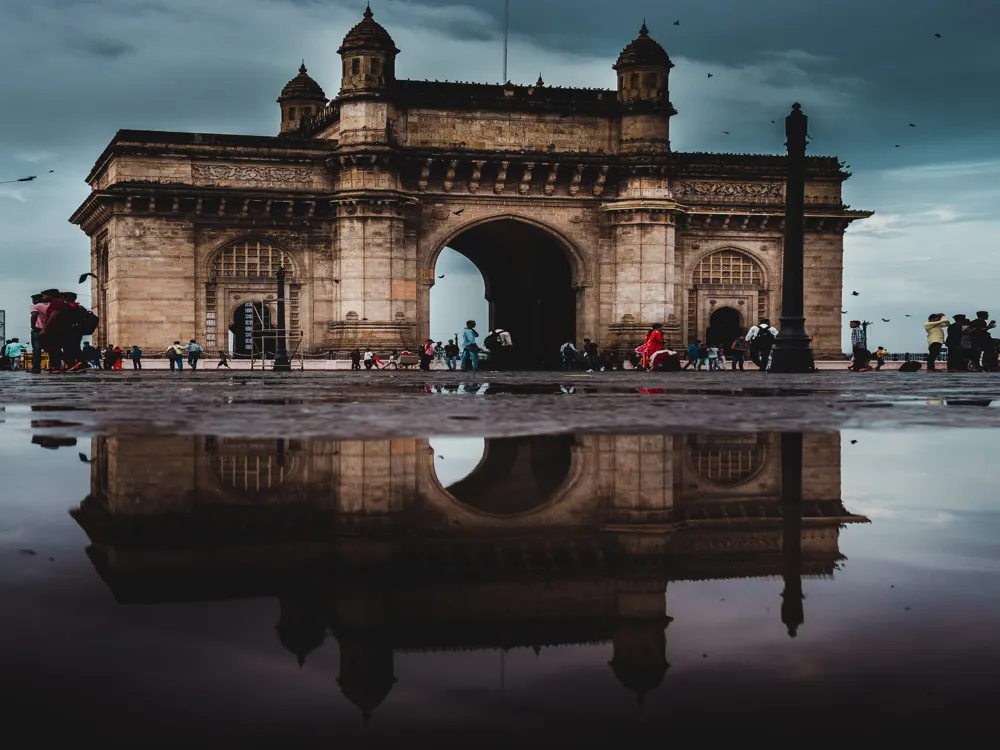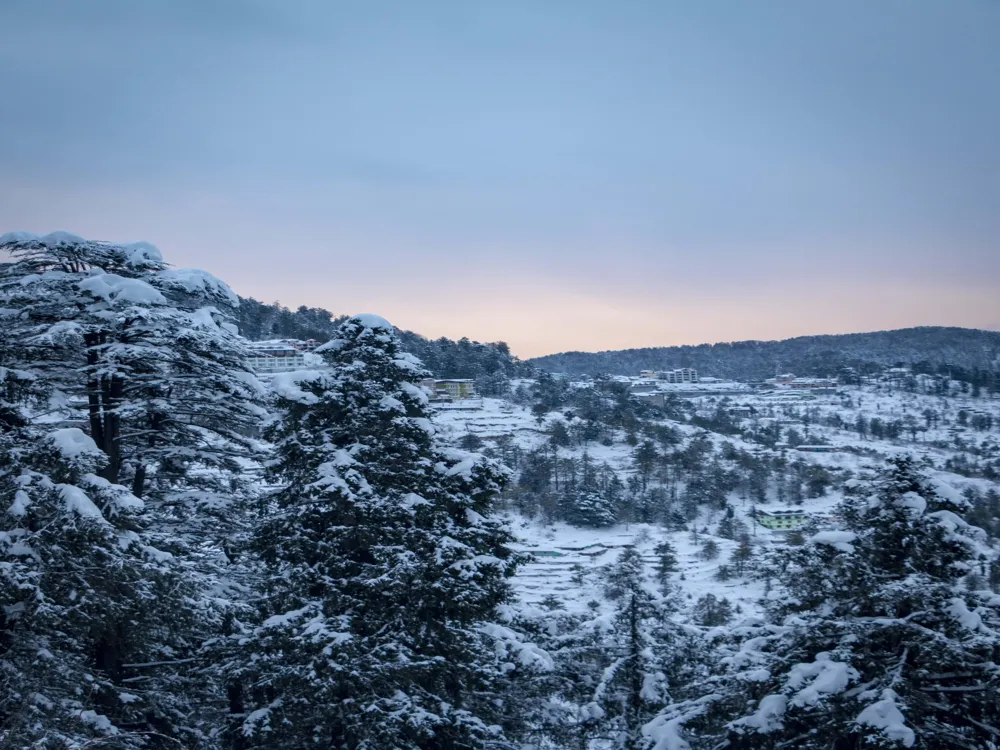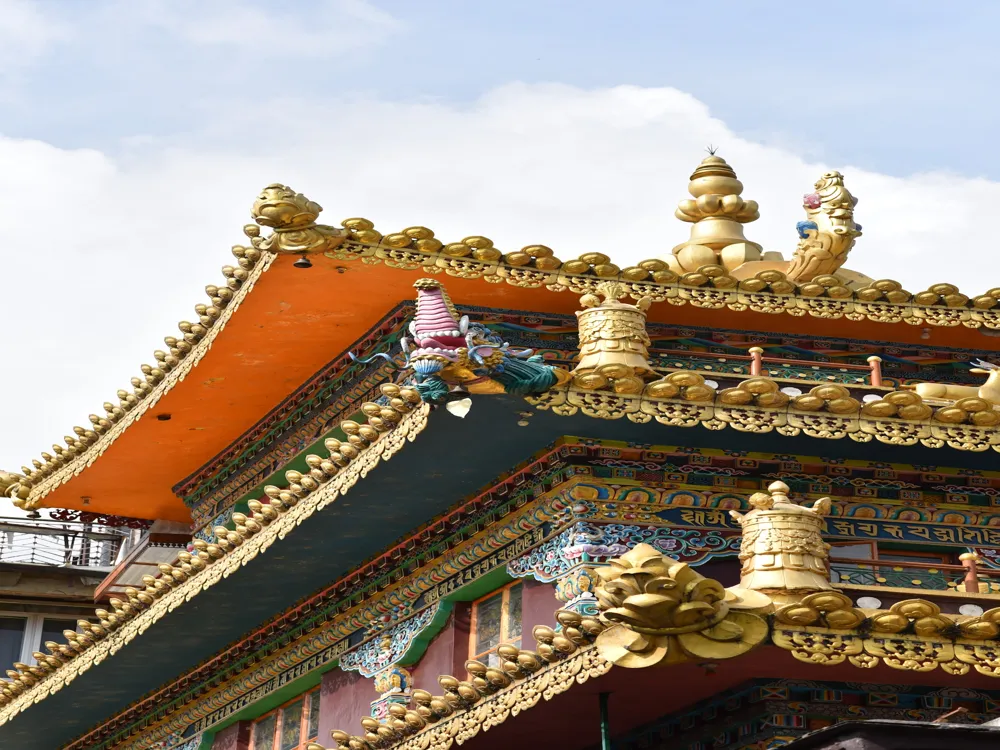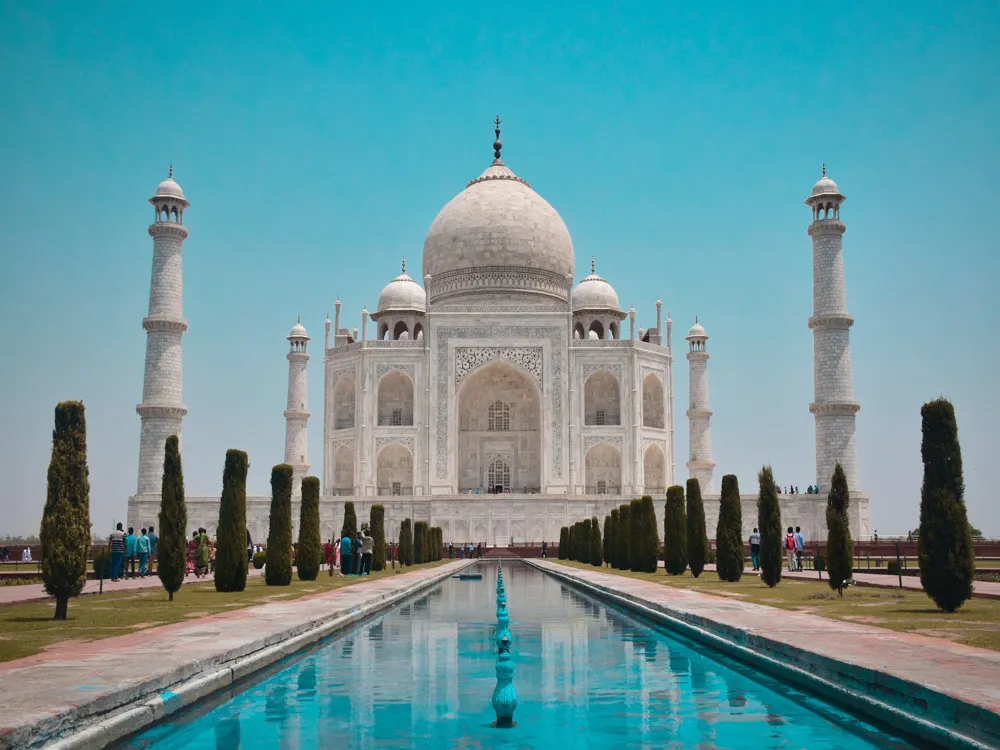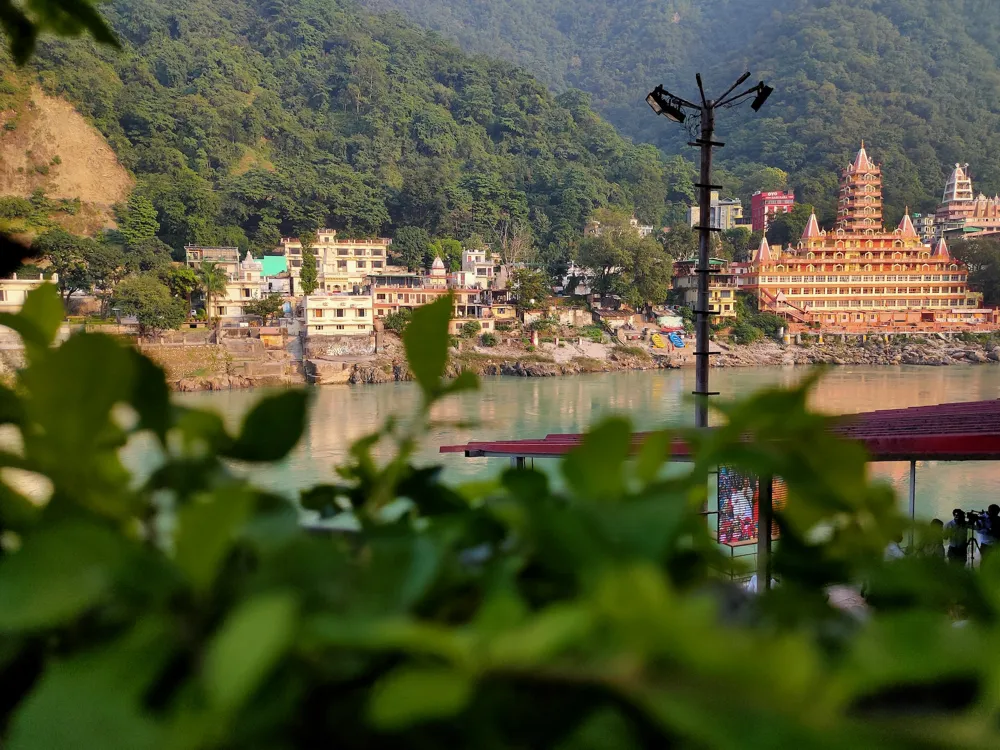Plan Your Travel To Delhi
Places To Visit In Delhi
Nicholson Cemetery
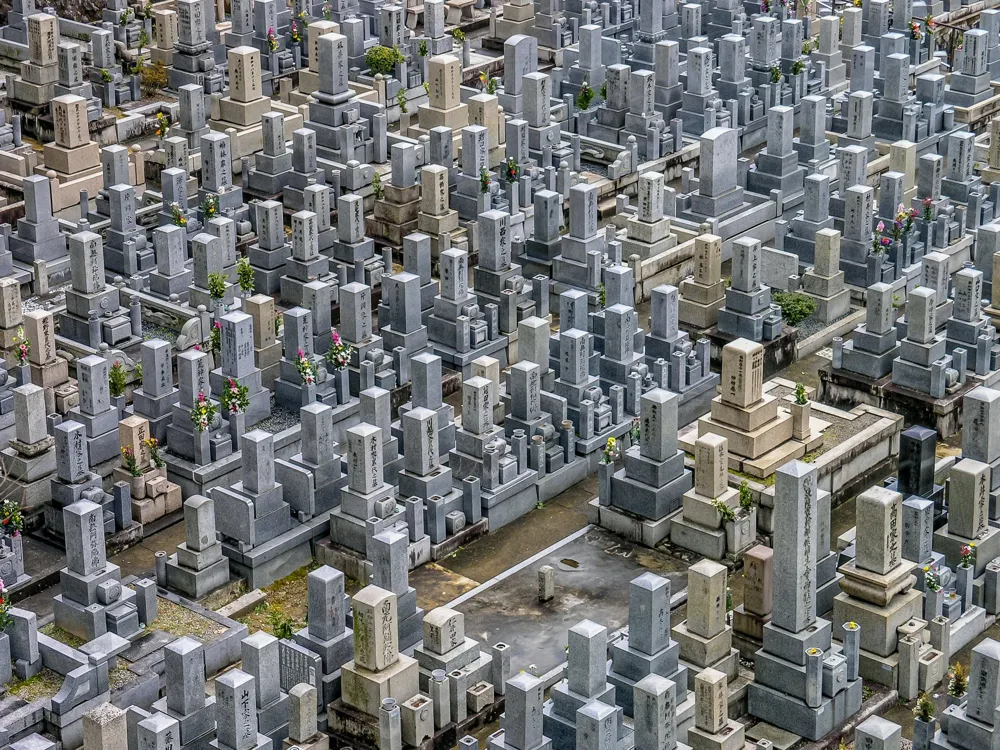
Situated in the heart of the city in Kashmere Gate area of New Delhi and formerly known as Old Delhi Military Cemetery or the Kashmere Gate Cemetery, Nicholson Cemetery (also known as Lothian Cemetery) is an ancient Christian cemetery named after the Brigadier-General John Nicholson, a Victorian-era military officer who played a crucial role during the Indian Rebellion of 1857 and succumbed to injuries during the revolt. Lately emerging among the Delhites as the ‘most peaceful place in Delhi’; the cemetery is a burial ground of both the English and Indian Christians during the British Raj in India.
Located amidst wild bushes on the trail to the left is the grave of John Nicholson. Not much further is a tiny cottage occupied by the caretaker and his family. Other than that, there are umpteen rows of gravestones marked with lifespans of hundreds of people- some newborns who did not even live to see a year. Apart from young kids and a few heritage walks, this place is free of any activity. The cemetery is also notoriously popular for a few ghost activities. According to the Indian Paranormal Society, the headless apparition of John Nicholson haunts the place.
Read More
Paharganj
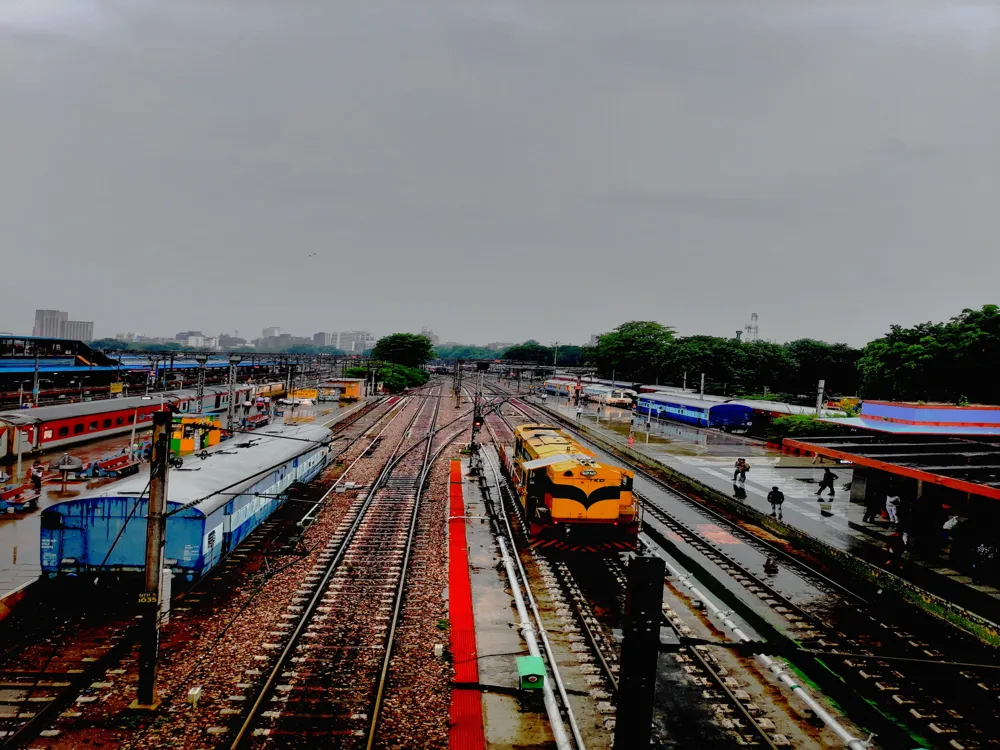
Replete with travellers, both Indian and foreign, Paharganj is the ultimate backpacker's area of New Delhi. Dotted with budgeted hotels, cheap bars, and ultra-cheap restaurants; the labyrinthian alleys of Paharganj have a lot more to offer. In proximity to New Delhi Railway Station and Connaught Place, the budget travellers often come to Paharganj directly, even from the airport. Chaotic, noisy, dirty and yet the most vibrant market of Delhi. the availability of cheap guesthouses and almost everything of utility available on the streets, make this market every traveller's paradise and every backpacker's haven.
Dotted with souvenir shops, the alleys here are a wonderful amalgamation of colour, chaos and culture. With only a few bars having legal license to serve alcohol, don't be surprised if you are served warm beer or asked to hide your glass and drink on the rooftop of a bar.
Read More
Pragati Maidan

The Pragati Maidan, on the Mathura Road in New Delhi, is a huge complex-cum-exhibition centre with a total exhibit area of 150 acres. Equipped with well-paved roads, lawns, gardens and eating outlets; Pragati Maidan, which literally means 'progress grounds', houses 16 vast and spacious halls in all and is the biggest exhibition centre that Delhi boasts of. The place hosts about 70 national and international exhibitions and conventions each year.
The Pragati Maidan, which was built to celebrate 25 years of India's independence, technological progress and indigenous talent, is a living embodiment of the ‘Make In India’ concept and is undoubtedly an iconic structure. One of the most sought-after of these events is the Indian International Trade Fair (IITF), which also happens to be the largest event here, with an estimated footfall of 10,000 exhibitors and 30,00,000 visitors each year. Other prominent events that are held here include the World Book Fair, Delhi Book and Stationery Fair, Auto Expo, and the Delhi Jewellery and Gem Fair.Other than the well developed and fully equipped complex, the Pragati Maidan also boasts of many attractions, such as The Son of India Pavilion, Defence Pavilion and a movie theatre named Shakuntalam. This and much more make the Pragati Maidan a famous tourist attraction. So the next time you visit Delhi, do not forget to check out the fantastic and informative exhibitions going on here.
Read More
Purana Qila
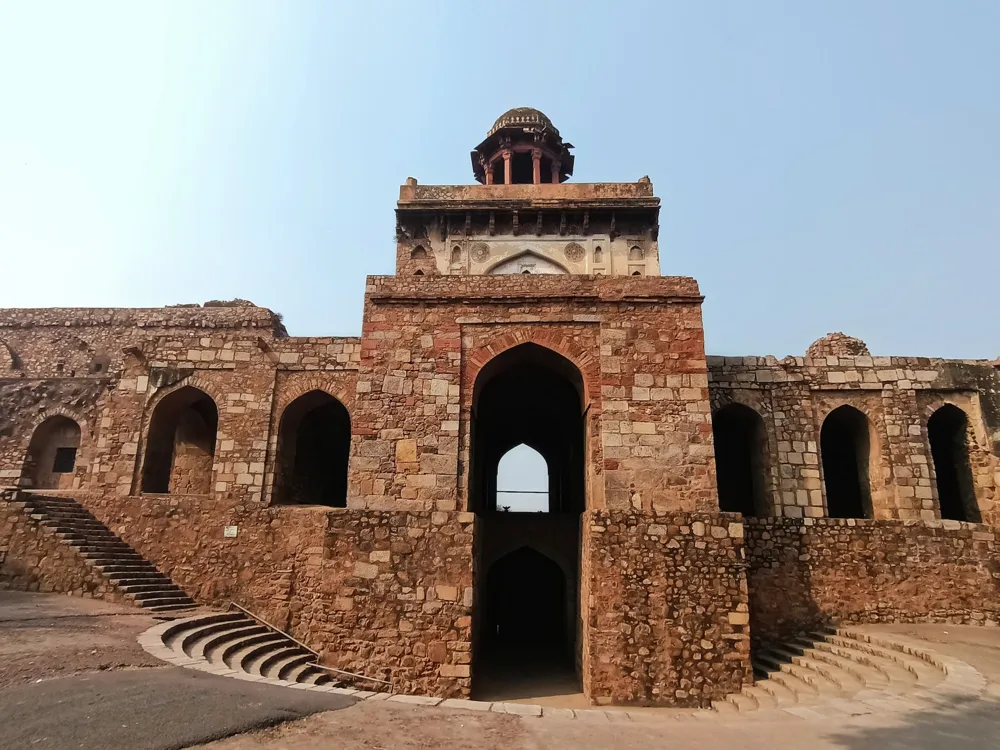
Stoically standing in the placid vicinity of Indraprastha, Purana Qila or the Old Fort is a masterpiece of the ancient glory and sterling architecture of the bygone Mughal Empire, and is one of the oldest forts in Delhi. Built on the banks of river Yamuna and spread over a vast 1.5 kms of area, the monument has tons of myths and legends of the medieval era attached to it. The most interesting of which suggests that the historical city of the Hindu religion- Indraprastha was built here, by Pandavas and the fort was the famous assembly hall, mentioned in the epic Mahabharat. It is also believed that the king Humayun met his end by tumbling down the steps of his library within the fort. Situated in the heart of the city and boasting of idyllic and a serene panorama, the fort radiates romantic vibes and is frequented by couples to enjoy some moments of solitude.
The gigantic citadel has three entrances and is surrounded by a moat, which is now used for boating. The lush green lawns graciously blessed with several shady trees are a haven if you are looking to spend some quiet time in the summers. The fortress constructed in traditional Mughal style and ornamented with rich embellishments attracts history buffs and archaeology enthusiasts day in and day out. In addition to this, Purana Qila hosts a light and sound show on “the seven cities of Delhi”, every evening, which is very popular among the tourists. The show highlights the evolution of New Delhi from Indraprastha.
Read More
Qutub Minar
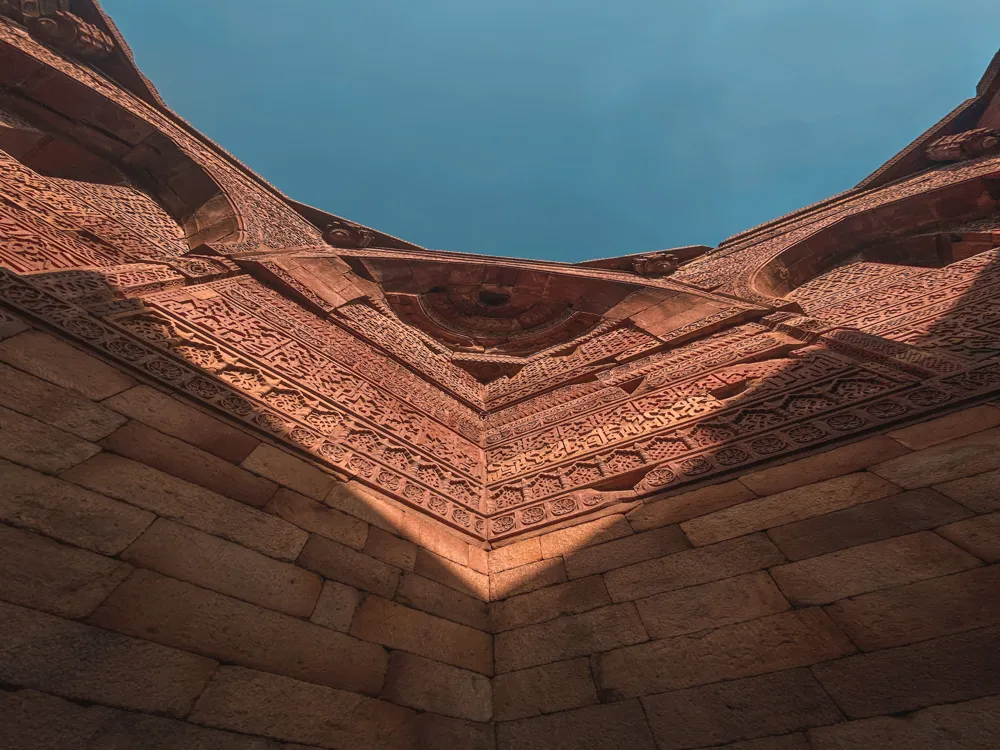
Qutub Minar is a minaret or a victory tower located in Qutub complex, a UNESCO World Heritage Site in Delhi's Mehrauli area. With the height of 72.5 metres (238 ft), Qutub Minar is the second tallest monument of Delhi. Its construction was started in 1192 by Qutb Ud-Din-Aibak, founder of Delhi Sultanate after he defeated the last Hindu Ruler of Delhi. He constructed the basement, after which the construction was taken over by his son-in-law and successor Iltutmish who constructed three additional stories. The fourth and fifth storeys were built by Firoz Shah Tuglak.
Read More
Quwwat-ul-Islam Mosque

Located within the Qutub Minar complex at Mehrauli in Delhi, Quwwat-ul-Islam Mosque (translating to ‘Might of Islam’) was built by the Mamluk ruler Qutub-ud-din Aibak. Yet another feather in the cap of Delhi, the monument is the first mosque to be built in the city after the Islamic conquest of India and is known as a celebration of the Muslim Rule. Also known as Jami Masjid, the construction of the mosque began in 1193 AD; and the ancient mausoleum is also the oldest surviving testament of the Ghorids architecture in the Indian subcontinent. Subsequent additions were made to the monument later, during the reigns of Iltutmish and Alauddin Khilji. Initially, the idea of the mosque was conceived as a stand-alone structure but later, Qutub Minar was constructed along-side simultaneously as a ‘Minar of Jami Masjid” with the idea for the priest to perform azaan- call-out for namaz.
The architecture and technique of Quwwat-ul-Islam mosque resemble the structure and pattern of other monuments at the time built by the same ruler like Adhai Din ka Jhopra and Ajmer Mosque. It is believed that the entire Qutub Minar complex was established after demolishing temples and Sanskrit schools at the spot. A Persian inscription found at the site suggest that it required the destruction of twenty-seven Hindu and Jain temples to furnish the material for the construction of this mosque. Originally built with red sandstone, grey quartz and white marble, the building is currently in ruins; and due to decades of negligence and abandonment in the maintenance, a few layers of plaster have given way to reveal Hindu carvings on the original stone. Although in a dilapidated state now, the mosque is cherished as one of the most magnificent works of architecture in all of the world.
Read More
Rail Museum, Delhi
Located in the vicinity of Chanakyapuri, the Rail Museum aims to preserve the 163 years old railway heritage of India. Popularly known as the National Railway Museum, the museum is spread over 10 acres of land and houses some fantabulous railway memorabilia. Established on 1st of February, 1977, the Rail Museum possesses an exciting collection of around 100 real size exhibits of Indian railways both working and static, antiques, furniture and the like. A few dummy specimen also offer rides to both adults and kids. Other than the vast outdoor which houses the very famous ‘Fairy Queen’- the oldest working steam locomotive, now the museum has also facilitated 3D virtual train ride, steam loco stimulator and an indoor gallery.
Spread amidst lush green gardens in the poised locality; the museum boasts of the rich ancient heritage of Indian railways. The informative tablet right adjacent to the exhibits makes the visit all the more worthwhile. Adjacent to the museum is the building which flaunts some beautiful photographs of the golden yesteryears in the history of rails. Sitting adjoining are some miniature models; all of which are prohibited from being photographed. It also has an auditorium with a seating capacity of 200 people, where occasional workshops are organized and documentaries are screened. In addition, the museum also has an in-house souvenir shop to buy little souvenirs on your way back.
Read More
Rajghat

Rajghat is a memorial in Delhi where Mahatma Gandhi, Father of the Nation, was cremated followed by his assassination in the year 1948. The cenotaph commemorating his memory is a simple black marble structure that sits amid a beautiful garden. The place is visited by locals as well as foreigners and various delegates to pay their homage to the Father of the Nation. A prayer is held every Friday, the day he died at Rajghat.
Rajghat also has samadhis or memorials of notable leaders if India Jawaharlal Nehru, Sanjay Gandhi, Indira Gandhi, Rajiv Gandhi, Lal Bahadur Shastri, Choudhary Charan Singh, Giani Zail Singh, Jagjivan Ram, Shankar Dayal Sharma, Devi Lal. Chandra Shekhar and I.K. Gujral. Raj Ghat, translating to King's Bank is giving reference to its location on the bank of Yamuna River. In addition to being Mahatma Gandhi's memorial, Rajghat is also a celebration of his illustrious life. Gandhiji's philosophy is projected through picture, sculpture and photos. At Gandhi memorial Museum at Rajghat, his life and philosophy of Sarvodaya Movement are also shown through a film in English and Hindi between 9:30 AM till 5:30 PM except on Thursday. On Sunday, it is featured in Hindi at 4 PM and at 5 PM in English.
Read More
Rajpath
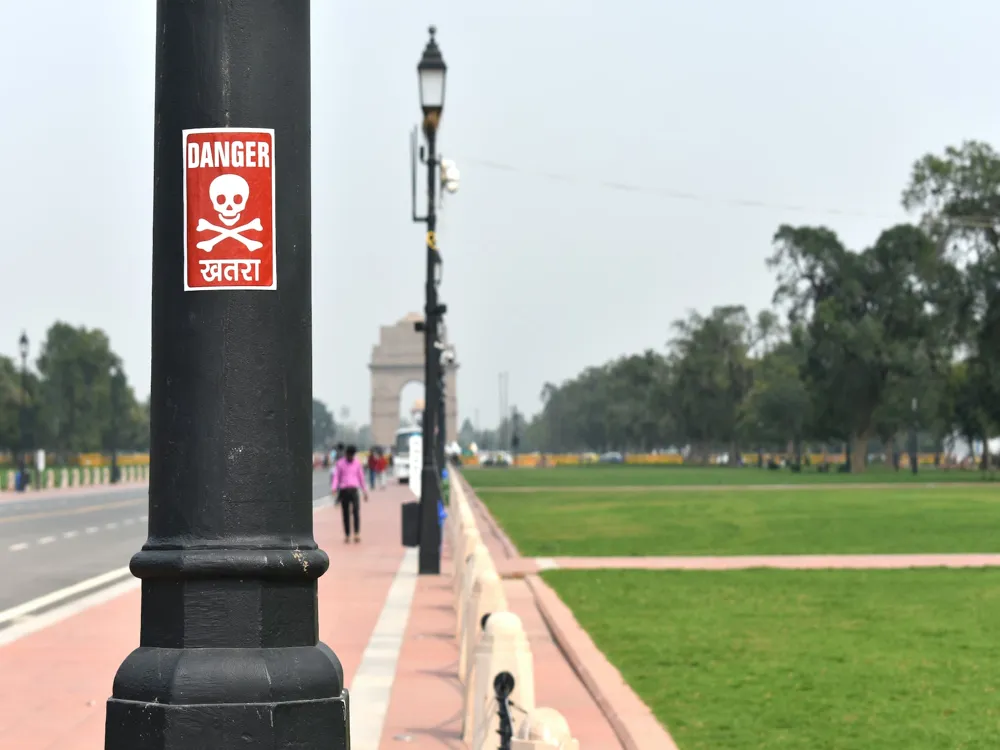
Rajpath, which means the "King's Way:, is a ceremonial avenue that is located in the heart of New Delhi, the capital state of India. Rajpath runs from the Rashtrapati Bhavan on Raisina Hill on one end to the National Stadium on the other end and passes through Vijay Chowk and India Gate. Also popularly referred to as 'The Royal Road', Rajpath is surrounded by beautiful and lush green gardens, rows of trees and canals on both sides. It was constructed by Sir Edwin Lutyens, who was instrumental in designing and building New Delhi and was the main architect of numerous monuments including the India Gate and Rashtrapati Bhavan. Rajpath was built to provide an unhindered view of Delhi, as Lutyens wanted to have a panoramic sight from the Viceroy's palace.
Rajpath is undoubtedly one of the most important roads that New Delhi houses and is also the yearly site for the Republic Day Parade that takes place on 26 January. The Republic Day Parade showcases a vast display of Indian arms and ammunition, as well as other sophisticated weaponry on hold for the security of the country. At the same time, the rich and distinct culture of the nation is presented to the millions of onlookers who throng either side of the Rajpath. It is bordered by the North and South Blocks of the Secretariat Building on its either sides. The long lanes have trees running and the gardens located around Rajpath make the area more colourful. The entire area is well maintained and is home to delegates.
Read More
Rakab Ganj Gurudwara

One of the most historical Gurdwaras in Delhi, the magnificent Rakab Ganj Gurdwara is a sight to behold near Parliament House in New Delhi. The Gurdwara is a famous Sikh temple for its historical significance and its quality of maintenance. Devotees visit the place to get blessings and to offer their free service to clean the floors, serve langar, serve water, etc.
Historical records name Baghel Sikh, the Sikh Military General, to be the one who constructed this Gurdwara in 1783. Gurdwara Rakab Ganj is known for being the cremation site of the headless body of the ninth Guru of Sikhs, the martyr Guru Tegh Bahadur Ji, who gave his life, saving Hindu Kashmiri Pandits from Aurangzeb’s cruelties in 1675.The body of Guru Tegh Bahadur Ji was cremated by Baba Lakhi Shah Vanjara and his son, who belonged to a colony of stirrup makers, which are attached to a horse’s saddles. Hence, the name Rakab which is Persian for stirrups. Gurdwara Rakab Ganj has two prayer halls. The main prayer hall is where the body was cremated. The second one is much bigger and very recent. It is used during momentous Sikh events such as Gurpurabs to accommodate large crowds of people who visit the Gurdwara throughout the day and night, or used for marital processions.
Source
Read More
Delhi Travel Packages
View All Travel Packages Delhi
Nearby Places Delhi
Browse Package Collections
Browse Hotel Collections










